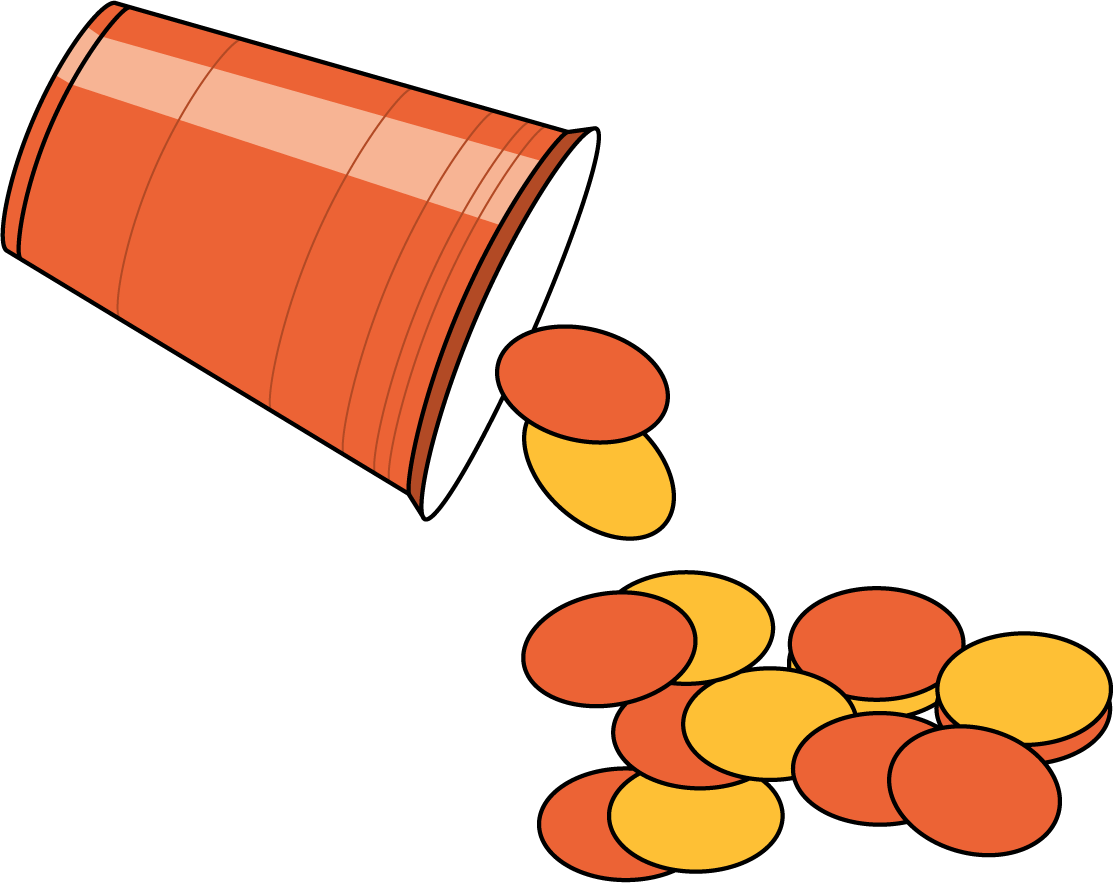Lesson 16
Center Day 3
Warm-up: Number Talk: Subtraction (10 minutes)
Narrative
Launch
- Display one expression.
- “Give me a signal when you have an answer and can explain how you got it.”
- 1 minute: quiet think time
Activity
- Record answers and strategy.
- Keep expressions and work displayed.
- Repeat with each expression.
Student Facing
Find the value of each expression mentally.
- \(9 - 7\)
- \(9 - 2\)
- \(8 - 6\)
- \(8 - 2\)
Student Response
For access, consult one of our IM Certified Partners.
Activity Synthesis
- “How can the first equation help you with the second equation?” (If I know that 9 – 7 is 2, then I know that 9 – 2 is 7.)
- “How can the third equation help you with the fourth equation?” (If I know that 8 – 6 is 2, then I know that 8 – 2 is 6.)
- “Who can restate _____'s reasoning in a different way?”
Activity 1: Introduce Capture Squares, Subtract Within 10 (20 minutes)
Narrative
The purpose of this activity is for students to learn Stage 2 in the Capture Squares center. In this stage, students choose two number cards and find the difference using math tools or mental methods they have developed during the unit. They connect two dots that are adjacent to the number. If that line closes the square, they capture it and shade it in their color. The player to shade in three squares first is the winner.
Advances: Conversing, Speaking
Supports accessibility for: Conceptual Processing, Language, Visual Spatial Processing
Required Materials
Materials to Gather
Materials to Copy
- Capture Squares Stage 2 Gameboard
Launch
- Groups of 2
- Give each group a set of number cards, two different colored crayons or colored pencils, a game board, and access to connecting cubes or two-color counters.
- “We are going to learn a new way to play Capture Squares. Let’s play a round together.”
- Choose two number cards.
- “Today we are going to subtract the numbers instead of adding them. What is the difference between these numbers? How do you know?”
- 1 minute: quiet think time
- 30 seconds: partner discussion
- Share responses.
- “Now I find the square that shows the difference. I draw a line connecting two dots on that square.”
- Repeat 1–2 more times, as needed.
- “If I draw the line that completes the square, I shade in that square my color. The first person to shade in three squares, wins."
Activity
- 12 minutes: partner work time
Activity Synthesis
- Display a game board with a couple of squares shaded. Draw three lines around the 3 so one more is needed to fill in the square.
- “What number cards could I pick that would allow me to capture the square with the 3?” (10 and 7, 9 and 6, 8 and 5, 7 and 4, 6 and 3, 5 and 2, 4, and 1)
Activity 2: Centers: Choice Time (20 minutes)
Narrative
The purpose of this activity is for students to choose from activities that focus on addition and subtraction within 10. Students choose from any stage of previously introduced centers.
- Math Stories
- Shake and Spill
- What’s Behind My Back
Required Materials
Materials to Gather
Required Preparation
- Gather materials from previous centers:
- Math Stories, Stage 4
- Shake and Spill, Stage 3 and 4
- What's Behind My Back, Stage 2
Launch
- Groups of 2
- “Now you are going to choose from centers we have already learned.”
- Display the center choices in the student book.
- “Think about what you would like to do first.”
- 30 seconds: quiet think time
Activity
- Invite students to work at the center of their choice.
- 15 minutes: center work time
Student Facing
Choose a center.
Math Stories

Shake and Spill

What's Behind My Back

Activity Synthesis
- “What is one thing you learned or got better at by working on the activities you chose?”
Lesson Synthesis
Lesson Synthesis
“Today we chose activities to work on and worked with a partner during center time.”
“How did you and your partner work together during centers? What went well? What can we continue to work on?”